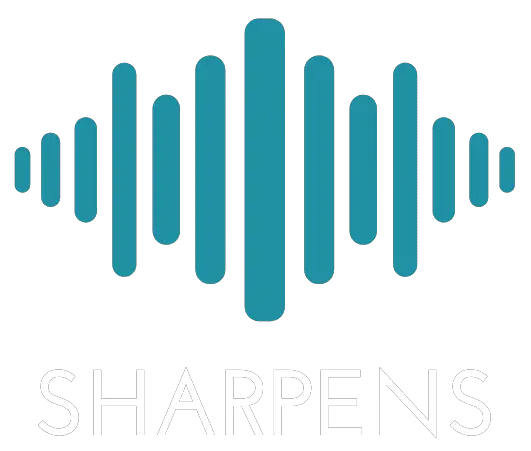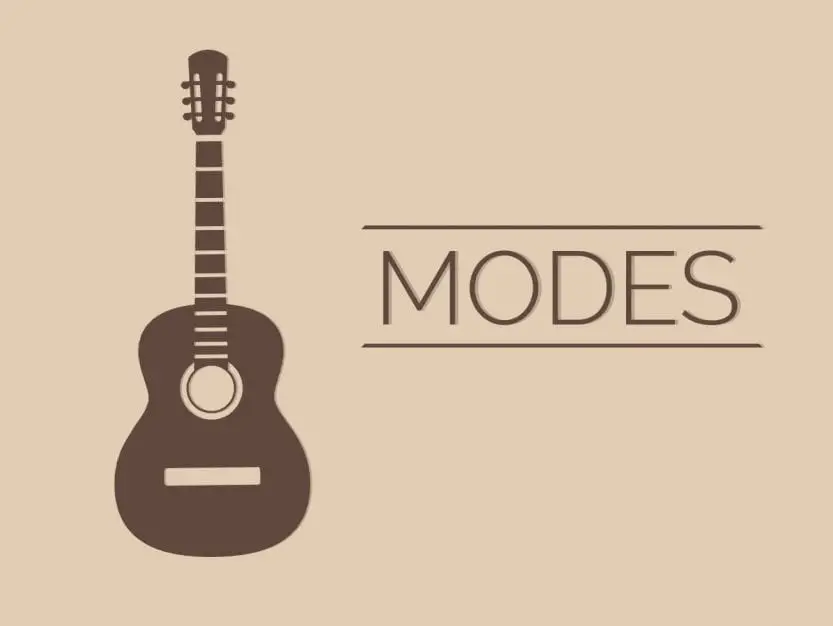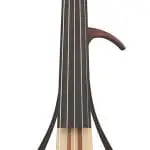So you bought yourself a guitar, and now you are starting to get some lessons. Playing the guitar has so many benefits, and research says that a guitar players’ brain works differently because learning how to play the guitar is not an easy task at all. It is more than just having talent and passion. Playing the guitar requires skill and discipline. Without these 2 important traits, you won’t be able to master this piece of art. The art of learning how to play every note, chords, and reading music sheets is not as easy as it looks. A guitarist needs to learn a number of things to be able to perform using the guitar.
For beginner guitarists, learning can be overwhelming, especially when you see that there’s a lot to learn. If you are taking guitar lessons, you have to learn certain modules before you can actually strum a song. As you continue to practice exercising your hands and learning different chords, you will soon come across guitar modes.
Guitar Modes Explained
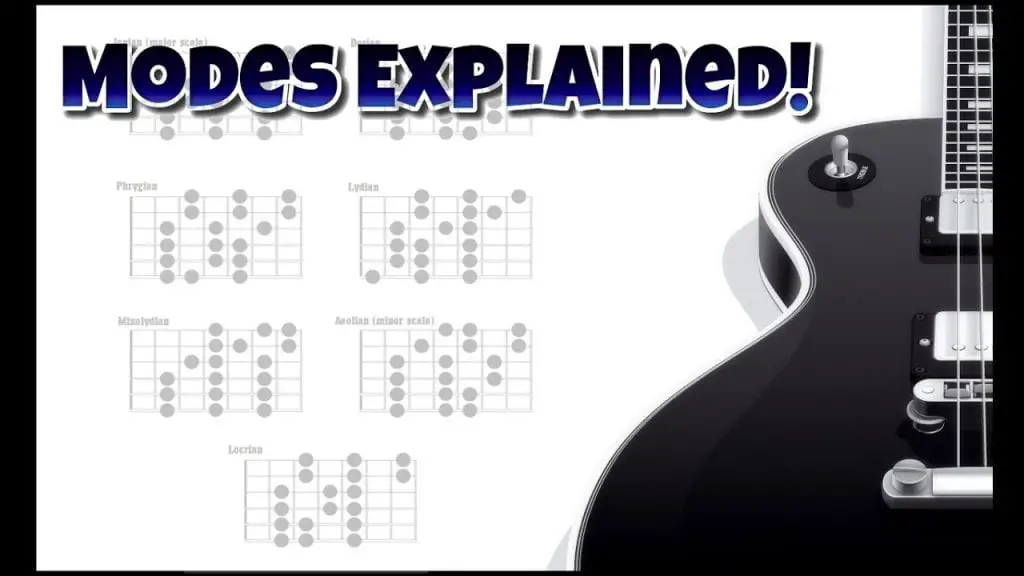
In simpler terms, modes are used to create melodies in different tunes because there are no different keys for tonality. Over time, the major and minor system was developed and used, and we are playing the guitar in the major-minor or system. The modes that we are using today has been since 1675. Modes are scales that have been derived from parent scales, but it starts with a different note.
Difference between scale and a mode
In learning the guitar, it is important to know the difference between a scale and a mode because, most often, they are used interchangeably, but there is a huge difference between the two. Though every mode is a scale, not every scale is a mode. Modes are inversions of scales.
Understanding guitar modes
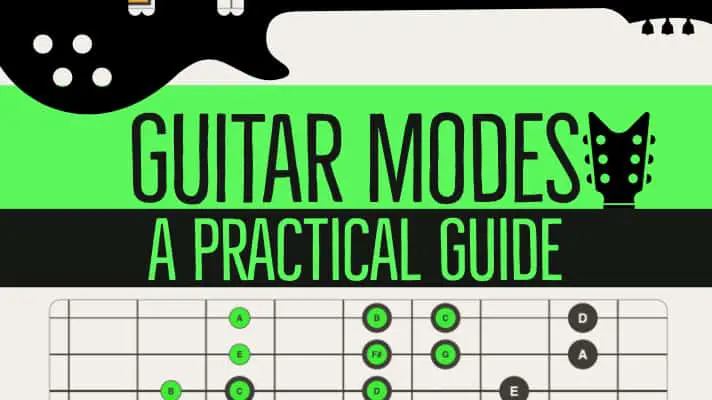
There are seven modes for guitar, and they are derived from a major scale.
Here the seven guitar modes:
1st mode (major scale) Ionian = CDEFGABC
2nd mode (start from 2nd note) Dorian = DEFGABCD
3rd mode (start from the 3rd note) Phrygian = EFGABCDE
4th mode (start from the 4th note) Lydian = FGABCDEF
5th mode (start from the 5th note) Mixolydian = GABCDEFG
6th mode (start from the 6th note, minor) Aeolian = ABCDEFGA
7th mode (start from the 7th note) Locrian = BCDEFGAB
The figure above shows that the notes are the same for all modes. But when the order of the notes is rearranged or changing the order of the notes actually changes the structure of the scale as well as how they function with the chords.
- Ionian – there are several ways to play the Ionian mode. It can be played on the sixth and the fourth string. The 2nd pattern has roots in the fifth and the third string. The 3rd playing it with roots on the fourth and second string, and the fourth way is playing it with roots on the third and first string. This mode is played by CDEFGABC.
- Lydian – is a major scale and is just a note different to the major scale. Lydian has a #4 degree. It is a musical scale that uses seven notes. It starts with three whole tones, followed by a semitone, followed again by two whole tones and the ending with a semitone. Lydian is easy to grasp and is simple to memorize. This mode is played FGABCDEF.
- Mixolydian mode- is the fifth mode of the scale. To play the Mixolydian mode, you have to lower the 7th of Ionian. The interval is (1) root, (2) second, (3) major third, (4) fourth, (5) fifth, (6) sixth and minor seventh. This mode can be used over any altered dominant chord. This is played GABCDEFG.
- Dorian mode – this scale begins a D and uses notes as major C, and it is played D-E-F-G-A-B-C-D. This is a minor type of scale that has a b3. Dorian mode is mostly used in playing jazz and blues. It has a b7, which allows it to work with Min7 type of chords.
- Aeolian mode – this is perhaps the simplest and the purest among the modes. It is known as the “Pure Minor,” and it has the b3, b7, and the b6. The b6 gives color to the scale. If you want a sample of what it sounds like, perhaps you may listen to some of Carlos Santana’s music to see how it adds flavor to the song. The dominant chords are minor, min7, min9, min11, min7#5, and it can be played ABCDEFGA.
- Phrygian mode – this is played by EFGABCDE. It is the 3rd mode of the major scale, and this is the sound produced when the 3rd scale is functioning as the tonic. The Phrygian mode features the f3rd and focuses on the minor chord. The Phrygian mode is considered as a minor mode.
- Locrian mode – results in a diminished triad and a half-diminished arpeggio. It consists of the root (1) and b3 or minor third and a b5 or a diminished fifth. When b7 or a minor seven is added, you will get a tetrad or a half-diminished chord. The Locrian mode is the 7th of the musical modes. It is similar to a natural scale, only that it has a lowered second and fifth. It is played BCDEFGAB.
Why do you need to learn and use guitar modes?
To be able to play guitar modes is very vital for any guitar player. It is an important skill that any guitarist must learn. This skill will make you improve your playing skills and improvise the sound that you want to play. Knowing how to play the modes will help you navigate the neck of your guitar and will help you know the relationship between a mode and a scale.
Modes are now becoming the new way of learning music. Musicians are becoming comfortable is using modes in listening and writing music. Given the details above, each mode has a unique sequence of half steps and whole steps that creates unique musical sounds. They differ from each other but can work in harmony with each other. A classic Ionian has an upbeat scale which cab blend itself to pop music. Lydian is best used in jazz music while Dorian can play the blues.
Using modes in songwriting has been very helpful to musicians. The benefits cannot be overstated. It gives the musician a room to experiment with the sound as he tries to create the melody. By doing so, it allows musicians to create the mood and melody that he needs for songwriting. It involves experimenting with the sound, and the melodic feel. It does not limit the artist to just one melody and rhythm, instead of knowing and mastering the modes, the musician will be able to create a variety of melodies and connect the rhythm to produce the music. It will allow the musician to craft the song matching the song to a mode that will define it and bring life to the music.
How to learn to play the modes?
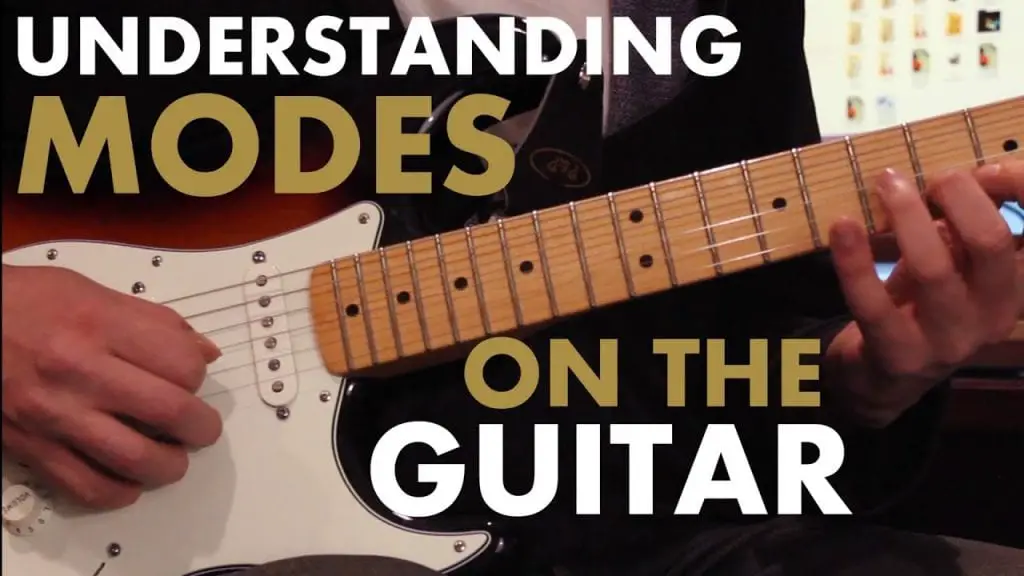
It is important to include learning to play the nodes in your practice schedule. If you’re are a beginner, you may have already created your practice schedule and might have had included learning how to play modes in your module. If you did, then good for you. As we have mentioned earlier, learning how to play modes is important, especially if you are taking your guitar skills to the next level.
The best thing about modes is that you already have known them at the beginning of your guitar practice sessions. Playing modes are easy, especially when you understand them. They are similar to the major scale, but they have a different tonal center. The important thing about learning modes is to remember that modes have the same notes as a major scale, but you may need to play it over a chord aside from the root. Using the mode is as easy as playing a Major Scale but has a different tonal center. The tonal center is the foundation of harmony. It is usually the chord that the mode will be played over.
Why is it important to memorize guitar modes?
Knowing guitar modes is not just enough. For ease of play and to help you play better, it is important for a guitarist to memorize the mode and its formula. In memorizing, you may use some tricks to make things easier for you. Some guitarists use mnemonic tricks to memorize the formula, for example, I Don’t Play Like My Aunt Lucy. Knowing the importance of modes, it is without the doubt a very important element if you are to master playing your guitar, especially if you want to play songs or create music. Playing the guitar is just more than just strumming and jamming. It creates music, and the music conveys millions of messages that capture the heart and the mind. Knowing the benefits of the mode will allow the guitarist to play around the rhythm and create the mood or produce a melody. As the artistic mood begins to flow with every strum, expect a piece of music that becomes a language used to communicate feelings and emotions.
